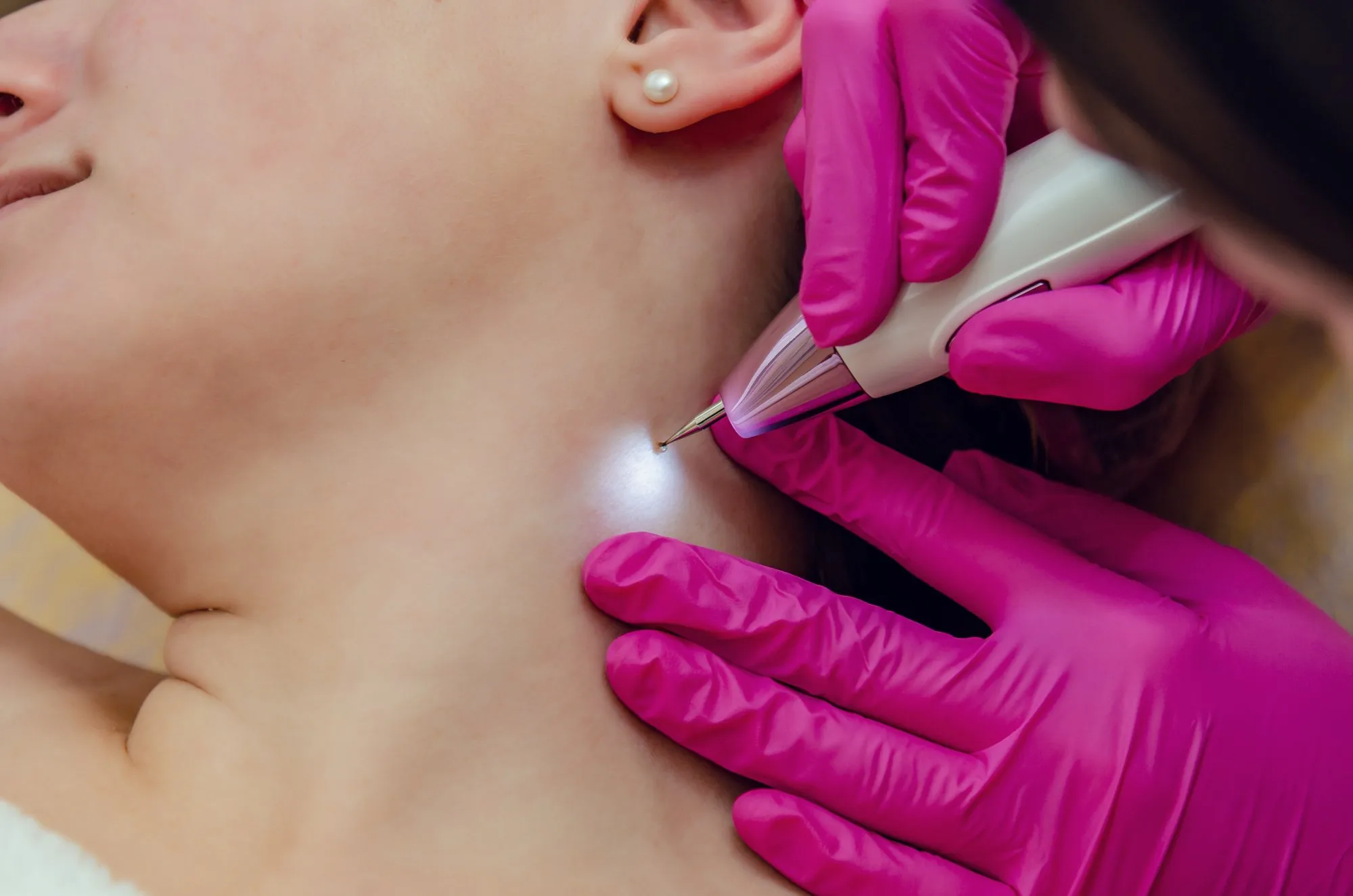
26 Nov Methods and Aftercare of Skin Tag Removal
Skin tags are small, soft growths that hang off the skin. They are common and typically harmless, often appearing in areas where skin rubs against skin. While they do not usually require treatment, some people choose to have them removed for cosmetic reasons or if they become irritated. Understanding the available skin tag removal methods and proper aftercare can help you navigate the process.
What Are Removal Options?
A professional can help determine the most suitable approach for your situation. Several common procedures for skin tag removal exist, each with its own approach. The location, size, and number of skin tags may influence the selection of a particular method.
Here are a few professional options:
- Cryotherapy: This method involves freezing the skin tag with liquid nitrogen. The frozen tissue then dies and falls off within a couple of weeks. This is a quick procedure often used for small skin tags.
- Excision: A professional uses a scalpel or surgical scissors to cut the skin tag off at its base. This provides immediate removal and is suitable for skin tags of various sizes.
- Electrosurgery: Also known as cauterization, this technique uses a small probe to deliver an electric current. The heat from the current burns off the skin tag tissue.
These procedures are typically performed in an office setting. A discussion with a qualified provider can clarify which option best aligns with your needs and the characteristics of your skin tags.
What Aftercare Steps Matter?
Following a removal procedure, proper care of the treated area supports the healing process. The primary goal of aftercare is to keep the area clean and protected from irritation. Your provider will give you specific instructions based on the removal method used.
General aftercare steps often include:
- Keeping the area clean and dry.
- Applying a recommended ointment.
- Covering the site with a bandage.
- Avoid picking at any scabs that form.
Following these simple guidelines helps protect the skin as it heals. The bandage can usually be removed after a day or two, but continue to keep the area clean. It is best to avoid harsh soaps or skincare products on the site until it has fully healed to prevent irritation.
How Long Is Healing?
The healing time for skin tag removal varies from person to person. It also depends on the removal method and the size of the skin tag. Generally, the small wound left behind will heal relatively quickly. You might notice a small scab forming over the area.
Most people find that the site heals completely within 1 to 2 weeks. During this time, the scab will naturally fall off, revealing new skin underneath. The new skin may appear slightly pink at first, but will gradually blend with the surrounding skin tone over the following weeks.
Schedule Skin Tag Removal
If you are thinking about skin tag removal, the first step is to talk with a professional. A qualified provider can assess the skin tags and discuss the most appropriate removal methods for you. They can answer your questions and help you understand the procedure and what to expect during recovery. To learn more about your options, schedule a consultation today. A professional can provide the guidance you need to make an informed decision.

No Comments